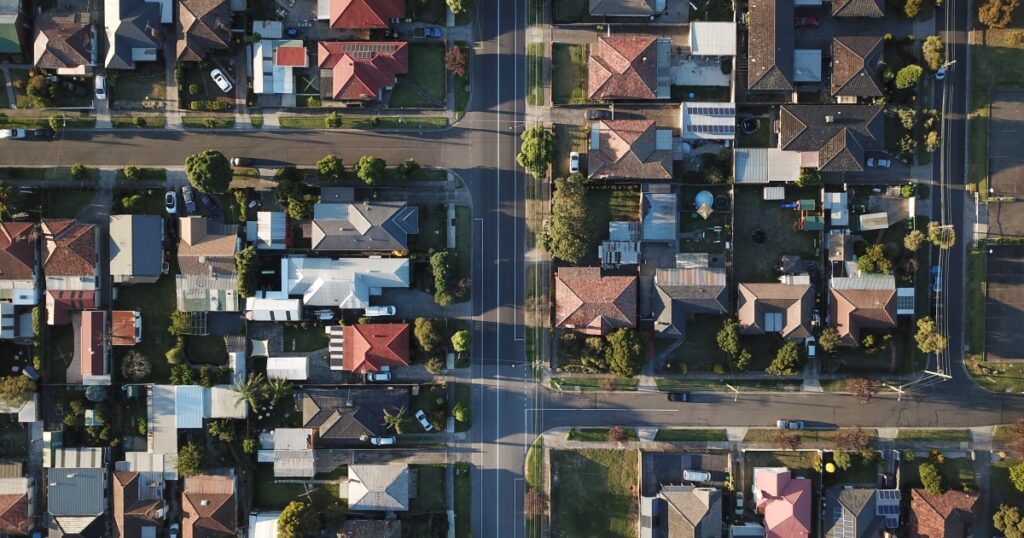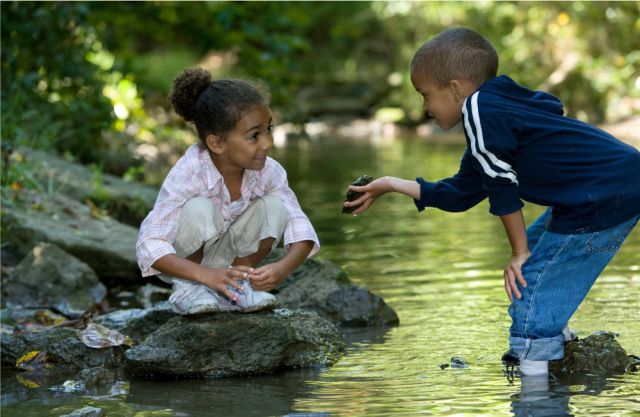There’s a recent (Oct 2023) article in the journal Ornithological Applications entitled “Historical racial redlining and contemporary patterns of income inequality negatively affect birds, their habitat, and people in Los Angeles, California.” It’s rather complex but the basic idea is that well-to-do or even moderate-income neighborhoods have a greater diversity of birds than do low-income neighborhoods. In upper-income neighborhoods you can find robins, bluebirds, titmice, chickadees, towhees, sparrows, etc. while in economically deprived areas you are more likely to find what they call synanthropic birds, those most likely to be associated with humans – House Sparrows, Crows, and European Starlings, for example. It is interesting to note that bird diversity also reflects urban home prices.

You can examine the data and sophisticated analysis the authors of the papers did and look at their conclusions, which are all fascinating, but you can also take a brief tour of the neighborhoods in your city or town and make your own conclusions. There’s always a good side of town and a bad side of town across the tracks, right? From a biodiversity perspective what do you see? Why do the richer neighborhoods have a higher diversity of birds? Most of the reasons are obvious.
Bigger, more expensive houses sit on larger properties. They have more landscaping – more bushes, more trees, and a greater foliage height diversity than do modest homes. More upscale neighborhoods tend to have bird feeders and bird baths and there are often parks nearby. Modest homes sit closer to one another, not only eliminating space for plants, but increasing the frequency of human activity in an area – more people, cars, and dogs in a smaller area. See Audubon’s article on the subject.
People living in neighborhoods with more birds, shrubs and trees are less likely to suffer from depression, anxiety and stress. That’s at least partly because they have little or no exposure to nature. Birds are often the only wildlife people see and in poorer neighborhoods, that’s especially true.

There have been many studies on connectedness to nature that demonstrate that the more experiences children have in nature, the more likely they are to “perform more sustainable behaviors; also, the more pro-ecological, frugal, altruistic, and equitable the children are, the greater their perceived happiness will be.”
A personal example: I have led hundreds of field trips to all manner of groups and I distinctly recall when a group of inner- city kids in their early teens were brought to visit me at a remote forested site. They apparently had never traveled on a dirt road. Their eyes bugged out and they expressed fear of the unknown; they were amazed at the lack of sidewalks and traffic lights and stuck together as if being in a tight group would protect them from whatever danger lurked. I made no impression on them at all, and the visit was cut short by their adult leader. These youngsters are now adults in their 40s; I suspect few of them have become ardent environmentalists or even birdwatchers.
Fascinating article – I shall reflect on that for the rest of this week and probably for a long time thereafter. Thank you for bringing that to the fore.
This is something we studied in an environmental ethics course in college. I think we also studied it in a parks and wildlife course?
The less exposed children are to nature, the less likely they are to care and nurture it into adulthood. It is so important that we teach and raise new ambassadors for the world.
Thanks Roger
Since I developed the idea to become an ornithology, I found it difficult to set my own research questions
But since I started communicating with you am getting experience in how to conduct ornithological research or monitoring,
I will try and do similar research in 3-4 urban areas rich semi reach and poor areas to how this ares are linked to bird diversity
Along the line I will be engaging you for advice
Hence I didn’t have any formal training in ornithology but base on my long term experience in the field of birding
What are some key findings regarding bird diversity in neighborhoods of varying income levels, as outlined in the article? Regards, Telkom University/a>